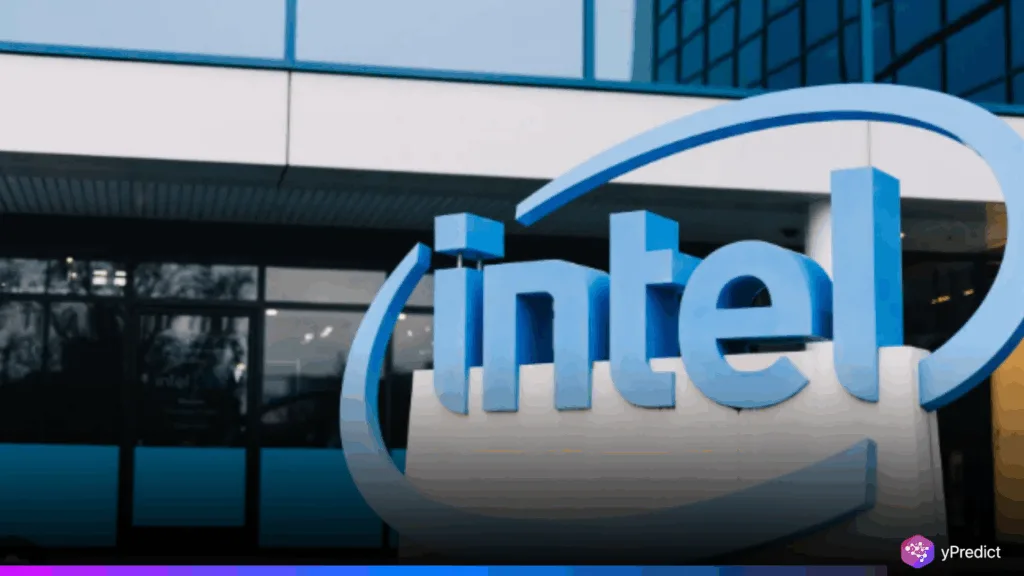
Intel has taken a bold step with its marketing restructuring as part of CEO Lip-Bu Tan’s larger digital transformation strategy. The company is outsourcing a big chunk of its marketing operations to Accenture and next-generation AI platforms. The shift is indicative of Intel’s focus on increasing efficiency, doing less, altering workflows, and increasing speed to market. This transition happened months after Tan took the reins, having joined as CEO in March 2025, as he started to change Intel internally and externally. Intel plans to complete the job cuts and revamp its internal marketing structure by July 11.
Accenture and AI Platforms Take Control
At the center of the reorganization is a strong partnership with Accenture and AI platforms designed to take Intel’s marketing to the next level. Instead of in-house teams that are typically very large, Intel will use automated systems and external specialists to do most of its marketing work. Intel believes it will also improve decision-making in real-time, increase responsiveness, and lessen lag time in operational planning. According to Intel executives, this was not a cost-cutting measure, but rather ongoing inefficiencies, especially the time lag for campaign rollout and the challenge of aligning strategy with customer needs.
Leaner Teams, Broader Reach
Intel has not released the specific number of job eliminations at this point, but confirmed that due to the transition, many jobs performed traditionally by the marketing organization will be eliminated. Job eliminations started this week, and closures are expected to be completed by July 11. Intel is leaning on only a few select internal teams, whose responsibility will be supporting the core functions and managing the transition. Some of the employees being affected will technically maintain employment until their knowledge has been transferred to Accenture staff.
Viewing this transition from the vantage point of the overall structure. This has come to see how much of a belief system was inherently ingrained in the organization at Intel. Our executives have claimed that by not marketing through traditional means and maintaining a lean internal marketing team,” Intel will be better equipped to respond to the needs of its customers and expand its reach through digital mediums on a global scale.
Building an AI-Led Marketing Engine
Under Tan’s leadership, AI platforms are central to Intel’s operational vision. The marketing restructure is just one part of a broader digital transformation that spans several divisions. Sources indicate that similar reforms could impact manufacturing and logistics, with potential layoffs affecting up to 20% of those units. Internally, the move marks a cultural reset. Teams that once led long, multi-step marketing campaigns will now pivot to overseeing automated workflows and AI-generated outputs. This approach also reduces dependence on human-led decision-making. By embedding AI throughout marketing, Intel hopes to eliminate guesswork and improve alignment between customer behavior and brand messaging.
A Future Shaped by Automation
Intel’s reliance on external partnerships and automation is becoming a defining feature of Tan’s tenure. The company’s new strategy seeks not only to cut costs but also to make Intel more nimble, competitive, and AI-centric. In a statement, Intel emphasized that the marketing restructuring. It is part of a long-term vision to build a digitally mature organization.
As the AI platform evolves, the company plans to deepen its use of generative tools, customer profiling engines, and automated content systems. This marks a significant turning point for Intel’s marketing future. The brand is not just playing with AI – it is hanging its entire marketing infrastructure on AI. As the July 11 deadline approaches, all eyes are on speed to results with the new system.






